Movies are, at heart, a form of mass communication. And just like everyday working folk film makers can be petty and use their power to publicly insult people with whom they have an axe to grind. Here are some of the best examples…
Godzilla
Targets: Gene Siskel and Robert Ebert
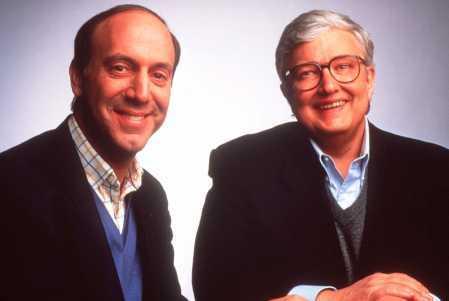
Roland Emmerich has never had much success with the critics. Although his films are generally big box office successes they’ve been met with less than favourable reviews from the professional viewer set. Particular scathing reviews came from America’s most famous pair of reviewers Siskel and Ebert. Universal Soldier, Stargate and Independence Day all failed to get the pair in a ‘thumbs up’ mood, something that Emmerich decided to take personally. His ‘revenge’ came in his next film – Godzilla – in which he based the characters of the Mayor and his assistant on the critics.

Subtle
More than a likeness they had rather insulting personalities that were meant to mimic the two. Mayor Ebert is quick to anger, dismissive of everyone around him squabbles with his assistant Gene. Ebert and Siskel are known for their heated discussions of the movies that come under their gaze and that is translated by Emmerich into childish slap fights. Gene often tries to placate Ebert with candy…because Ebert is fat, I guess?
That’s as far as the insult gets taken. Although the characters are in the entire movie they don’t contribute to story in the any way except to be wackily incompetent. As Gene Siskel himself pointed out this was a great waste of an opportunity. You’ve got two people you hate and a giant lizard monster, yet they make it to the end of the movie. They don’t get eaten, they don’t get squished, they don’t even get the embarrassing death scene by getting buried under the pile of fish. As far as insults go Emmerich really dropped the ball. To make it even more embarrassing for Emmerich the movie Godzilla was a complete misfire, really lending more to Siskel and Ebert’s argument then anything else.
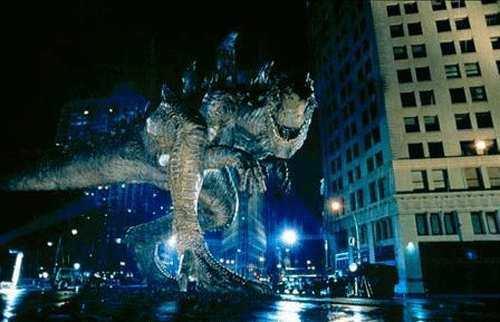
The monster is RIGHT THERE!
Citizen Kane
Target: William Randolph Heart
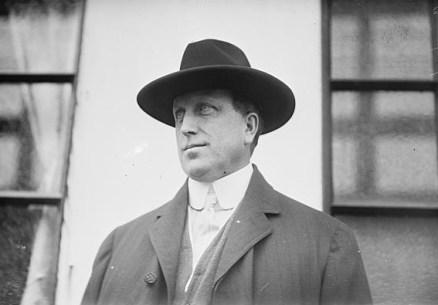
According to our audience demographics most of our readers are under 25. If you need a reference for William Randolph Hearst, think of him as an old-school Rupert Murdoch (with better taste in hats). Hearst built what was at the time the largest media empire in the US, founded on a chain of newspapers. He’s been said to have influenced modern journalism…in a bad way. Sensationalism, doctored photos and fake interviews and sources were commonplace.
Although there are plenty of differences between the background of the fictional Kane and Hearst their approach to the world of mass publishing. Although director Welles was quick to dismiss the public perception that the movie was based on Hearst, the man himself wasn’t fooled. Hearst put pressure on RKO, the studio behind the film, to shelve the project by threatening to run stories about Hollywood using illegal immigrants as workers in their studio. He also used in influence to try and strike a deal with RKO to reimburse them for the cost of the film if they destroyed it.
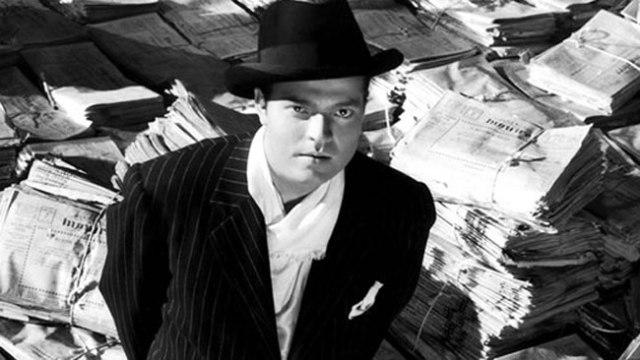
In spite of the smear campaigns (or possibly because of it) the movie was a smash hit that redefined cinema. Hearst was enraged, banning the film from being mentioned in any of his newspapers. While this seems like an expected response from a mogul of Heart’s nature things became much more aggressive. Rumour has it that Hearst arranged for a photographer to wait in Welles’ hotel room along with a naked underage girl who would leap into his arms when he arrived. Whilst this story was never confirmed, Welles was warned about it and avoided his hotel room that night.
Tomorrow Never Dies
Target: Rupert Murdoch
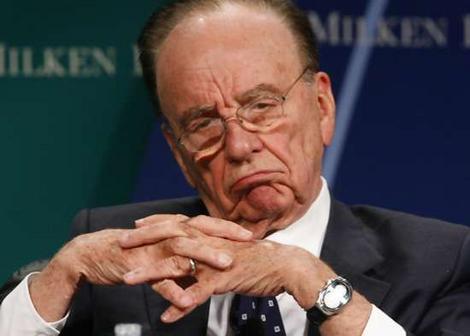
No doubt he’ll have a fine sense of humour.
Speaking of media moguls – the modern world’s answer to William Randolph Hearst gets the big screen treatment in a less flattering manner. For Agent 007′s 18th big screen adventure he was pitted against Elliot Carver, a corrupt media mogul. Although there’s certainly a dash of Steve Jobs and Bill Gates in there to round out the package the most glaring satire involves Rupert Murdoch. Just like his reputed real life counter part Elliot Carver keeps a tight reign over the news and what gets reported, even going as far as creating events on which to report on. The main thrust of the plot involves Carver attempting to spark a war between China and the US in order to consolidate his control over the world media – a reference to Murdoch striking a deal with the Chinese government to suppress certain stories in order to ensure continued broadcasting rights.

Although the satire is pretty clear in both appearance and politics Murdoch didn’t respond to the unflattering character.
Shrek
Target: Michael Eisner
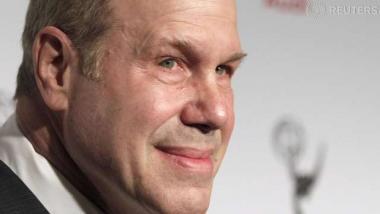
It might need a little insidious to slip an insult into a children’s film…it’s a whole other story when the entire film is made for the sole purpose of flipping off a former colleague. T0 be fair, Jeffery Katzenberg had plenty of reason to flip off Michael Eisner. The two worked together at Paramount Pictures and became pretty powerful figures in the business before moving the House of Mouse. Eisner was given the position of CEO and he brought Katzenberg into the Disney family. Throughout the 80s Katzenberg was credited with revitilising the Disney box office strength by putting more adult-orientated comedies into the works and turning around the animation studios. Under his management Disney turned out Good Morning Vietnam, Who Framed Roger Rabbit, The Little Mermaid, Beauty and the Beast and others.
When the job of Eisner’s second-in-command opened up Katzenberg, and everyone else, thought he was a lock. When Eisner refused to promote him Katzenberg thought that he was being cheated out of his due, so much so that he took Disney and Eisner to court. The courts agreed and Katzenberg was awarded $250 million to represent how much he’d earned for the company. Katzenberg then used his new bank to set up Dreamwork SKG with Spielberg and David Geffen where they started putting out animated features that were strikingly similar to Disney’s output.
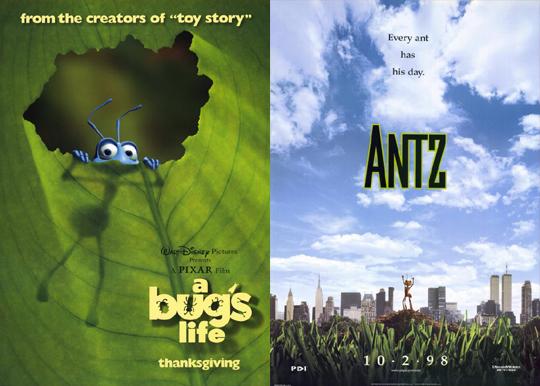
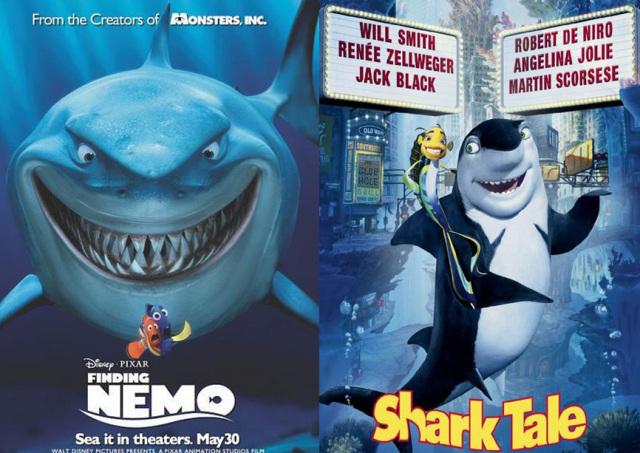
Their first major release and box office smash was in the form of Shrek, which has grown into a massive franchise. The film was a parody of many well known fairy tales, but seemed to put a particular emphasis on the Disney renditions of those tales by replicating the Disney designs and littering the movie with in-jokes. The biggest slap in the face was in the form of the movie’s villain, Lord Farquaad. When you put Farquaad alongside Eisner you may notice some similarities…
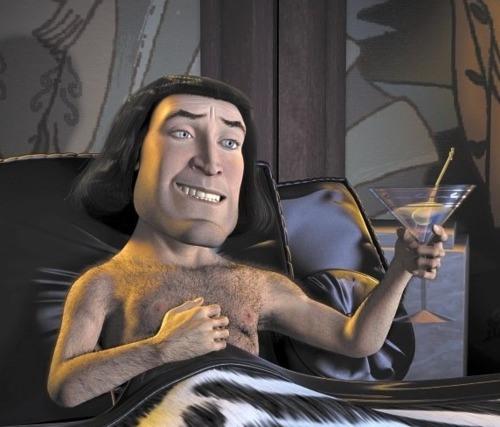
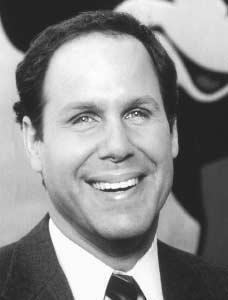
Did we mention that Michael Eisner was sensitive about his height?
Much of the character’s screen time is spent making jokes about his short stature, his pettiness and his greed. Eisner is known to be sensitive about his height and the greed and pettiness is no doubt a reflection of how he and Katzenberg fell out. It doesn’t end with just the character though – the entire kingdom of Dulac blatantly resembles Disneyland main street and colour scheme. Long lines for getting in, giant headed mascots and jerky animatronics are also well known features of Disney’s famous theme park.
By the end of the movie Farquaad, who had already been rejected by the Princess, is revealed to be a shallow egomaniac and gets eaten by a dragon. Whether or not the name ‘Farquaad’ was chosen because it sounds a bit like ‘fuckwad’ is a matter of speculation.
Sadly Eisner did not make a response to the less-than-subtle insult that the movie was centred around. No doubt he was more concerned with driving the Disney Company into the ground. Not long after the last member of the Walt Disney’s family resigned from the business claiming that Eisner had turned Disney into a ‘soul-less’ company, leading the shareholders to oust Eisner and force him to resign.

